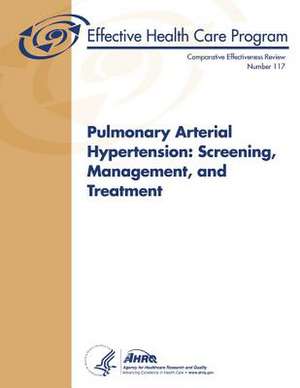Pulmonary Arterial Hypertension
Autor U. S. Department of Heal Human Services, Agency for Healthcare Resea And Qualityen Limba Engleză Paperback
Preț: 174.51 lei
Preț vechi: 183.70 lei
-5% Nou
Puncte Express: 262
Preț estimativ în valută:
33.39€ • 34.96$ • 27.63£
33.39€ • 34.96$ • 27.63£
Carte indisponibilă temporar
Doresc să fiu notificat când acest titlu va fi disponibil:
Se trimite...
Preluare comenzi: 021 569.72.76
Specificații
ISBN-13: 9781491081204
ISBN-10: 1491081201
Pagini: 394
Dimensiuni: 216 x 280 x 21 mm
Greutate: 0.91 kg
Editura: CREATESPACE
ISBN-10: 1491081201
Pagini: 394
Dimensiuni: 216 x 280 x 21 mm
Greutate: 0.91 kg
Editura: CREATESPACE
